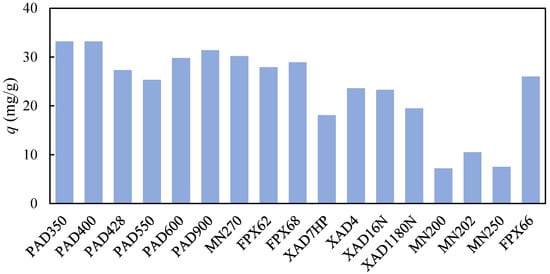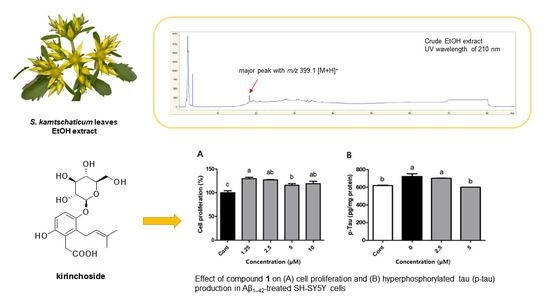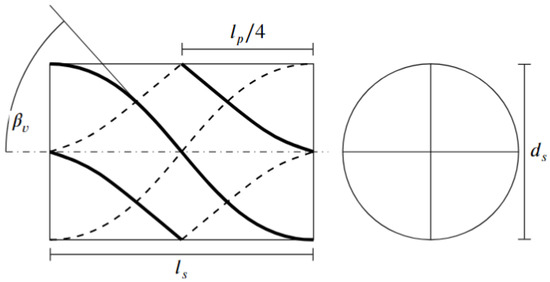Feature Paper Collection in Section 'Purification Technology'
A topical collection in Separations (ISSN 2297-8739). This collection belongs to the section "Purification Technology".
Viewed by 4033Editors
Interests: discovery and structural elucidation of natural products; metabolomics of natural products
Special Issues, Collections and Topics in MDPI journals
Topical Collection Information
Dear Colleagues,
Separations has launched a new Topical Collection "Feature Paper Collection in Section 'Purification Technology'" to promote the publication of high-quality original research and review articles on basic and applied analytical and purification technology. This Topical Collection is dedicated to publishing experimental studies and theoretical analyses of phenomena arising from separation and purification, as well as process development. Preparation and modification of materials used in separation and/or purification can be considered. This Topical Collection also welcomes contributions to novel methods for separation and purification in chemical and environmental engineering. The purification technology includes any separation and/or purification of liquids, vapors, and gases, with the exception of methods intended for analytical purposes.
Contributions to this Topical Collection should be always related to new or improved separation methods or principles. Research articles aiming at solving separation problems encountered in emerging technologies including biotechnology and green technology will also be welcome. Review papers should provide a critical assessment of the state of the art in a specific topic related to novel technologies in separation and purification. All manuscripts will undergo a rigorous peer-review process to be considered for publication in this Topical Collection.
Prof. Dr. Ki Hyun Kim
Prof. Dr. Jae Sik Yu
Collection Editor
Manuscript Submission Information
Manuscripts should be submitted online at www.mdpi.com by registering and logging in to this website. Once you are registered, click here to go to the submission form. Manuscripts can be submitted until the deadline. All submissions that pass pre-check are peer-reviewed. Accepted papers will be published continuously in the journal (as soon as accepted) and will be listed together on the collection website. Research articles, review articles as well as short communications are invited. For planned papers, a title and short abstract (about 100 words) can be sent to the Editorial Office for announcement on this website.
Submitted manuscripts should not have been published previously, nor be under consideration for publication elsewhere (except conference proceedings papers). All manuscripts are thoroughly refereed through a single-blind peer-review process. A guide for authors and other relevant information for submission of manuscripts is available on the Instructions for Authors page. Separations is an international peer-reviewed open access monthly journal published by MDPI.
Please visit the Instructions for Authors page before submitting a manuscript. The Article Processing Charge (APC) for publication in this open access journal is 2600 CHF (Swiss Francs). Submitted papers should be well formatted and use good English. Authors may use MDPI's English editing service prior to publication or during author revisions.
Keywords
- natural product chemistry
- isolation
- HPLC purification
- structural elucidation using NMR data
- medicinal plant
- mushroom metabolites









